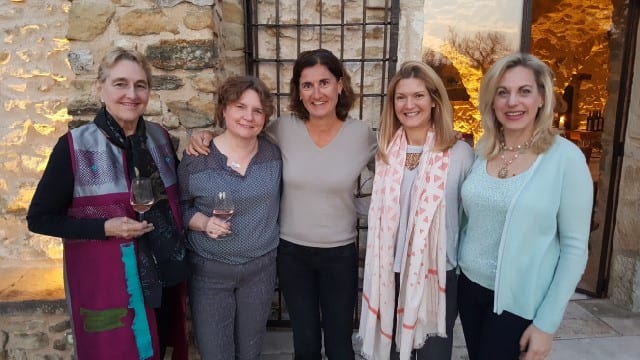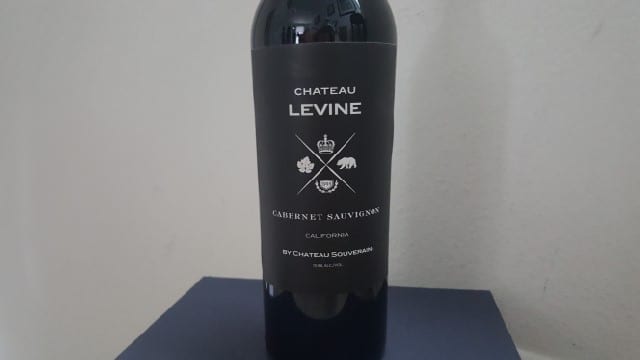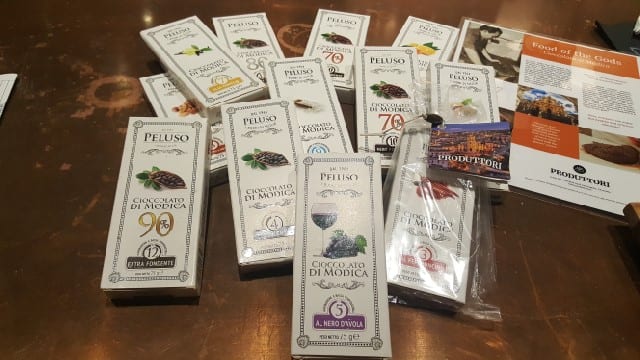Please The Palate Pick of the Week: The Island of Madeira
Visiting the island of Madeira has been at the top of my bucket list for years! And this past week, my wish came true. Madeira,...
23 December, 2017

 Lifestyle
LifestyleVisiting the island of Madeira has been at the top of my bucket list for years! And this past week, my wish came true. Madeira,...

 "Colheita" means "harvest" in Portuguese. Colheitas are required by law to mature in wooden casks for at least seven years, although it can be much longer. The wine is bottled when the producer feels it is ready to drink.
"Colheita" means "harvest" in Portuguese. Colheitas are required by law to mature in wooden casks for at least seven years, although it can be much longer. The wine is bottled when the producer feels it is ready to drink. 
 To get started, go to souverainlabel.com
To get started, go to souverainlabel.com  I was in Cabo, staying on the beach on the tip of the Pacific Ocean side. My friends had heard about this place from a chef friend and asked me to join them. We ordered a taxi and took a one hour drive back towards the airport to San Jose del Cabo. After passing large hotel after large hotel, we turned down a dirt road and drove another 10 minutes and arrived at Flora Farms.
Flora Farms in an organic compound owned by Gloria and Patrick Greene. As the car parked, we came across a few shops, including one where over-priced locally-made soaps were for sale as well as a James Perse clothing store. There was also a wine and coffee bar. We followed the path to the left and at the end is Flora’s Field Kitchen and Flora’s Farm Bar. An open-air restaurant, Flora’s Field Kitchen has an rustically modern and natural feel to it. We took a seat at our table as the water misters cooled us down.
I was in Cabo, staying on the beach on the tip of the Pacific Ocean side. My friends had heard about this place from a chef friend and asked me to join them. We ordered a taxi and took a one hour drive back towards the airport to San Jose del Cabo. After passing large hotel after large hotel, we turned down a dirt road and drove another 10 minutes and arrived at Flora Farms.
Flora Farms in an organic compound owned by Gloria and Patrick Greene. As the car parked, we came across a few shops, including one where over-priced locally-made soaps were for sale as well as a James Perse clothing store. There was also a wine and coffee bar. We followed the path to the left and at the end is Flora’s Field Kitchen and Flora’s Farm Bar. An open-air restaurant, Flora’s Field Kitchen has an rustically modern and natural feel to it. We took a seat at our table as the water misters cooled us down.  The daiquirí is named after a village near Santiago de Cuba. The drink was supposedly invented by an American in Cuba at the end of the 19th century. By the 1920s, it became known in Havana and the owner of Floridita bar put it on the menu. Then the blender arrived and crushed ice was added, as well as maraschino cherry liquor. Ultimately, the drink was made famous by Ernest Hemingway.
The daiquirí is named after a village near Santiago de Cuba. The drink was supposedly invented by an American in Cuba at the end of the 19th century. By the 1920s, it became known in Havana and the owner of Floridita bar put it on the menu. Then the blender arrived and crushed ice was added, as well as maraschino cherry liquor. Ultimately, the drink was made famous by Ernest Hemingway. 
 Peluso chocolate is called chocolate "made in the cold." This recipe was created in 1746 in the southern city of Modica in Sicily and has been made the same way ever since. The cocoa seeds are ground and mixed with sugar. Those are the only two ingredients! There is no butter or oil or milk added. The processing is done at a low temperature of 90 degrees Fahrenheit. By processing it at a low temperature, the healing properties of the cocoa are maintained (they are typically lost when the temperatures reach more than 104 degrees). The healing properties of cocoa are tannins, which have antioxidants and blood pressure regulators. That means that this chocolate has benefits for cardiovascular health, antibacterial protection and safeguards against viral diseases. Flavanoids (which offer protection against tumors) ensure better liver function and help strengthen immune defenses to fight free radicals.
Peluso chocolate is called chocolate "made in the cold." This recipe was created in 1746 in the southern city of Modica in Sicily and has been made the same way ever since. The cocoa seeds are ground and mixed with sugar. Those are the only two ingredients! There is no butter or oil or milk added. The processing is done at a low temperature of 90 degrees Fahrenheit. By processing it at a low temperature, the healing properties of the cocoa are maintained (they are typically lost when the temperatures reach more than 104 degrees). The healing properties of cocoa are tannins, which have antioxidants and blood pressure regulators. That means that this chocolate has benefits for cardiovascular health, antibacterial protection and safeguards against viral diseases. Flavanoids (which offer protection against tumors) ensure better liver function and help strengthen immune defenses to fight free radicals. 
